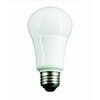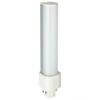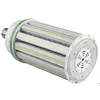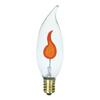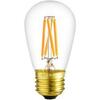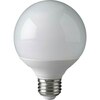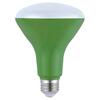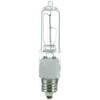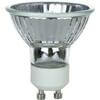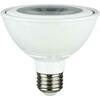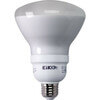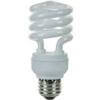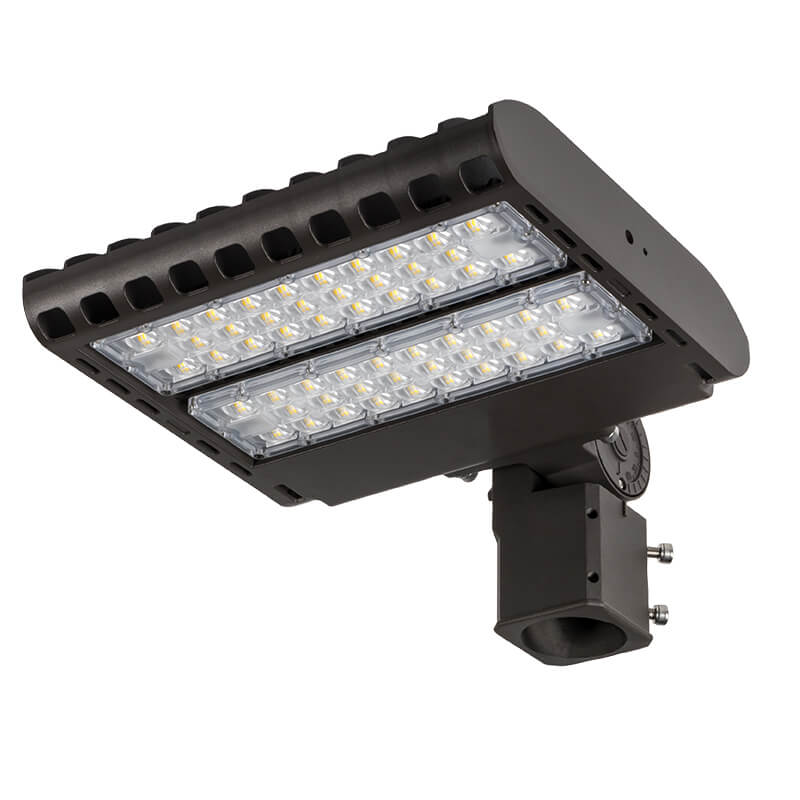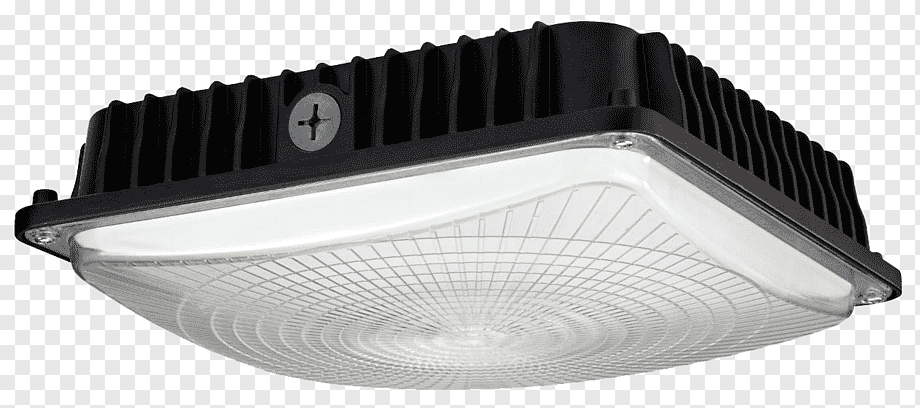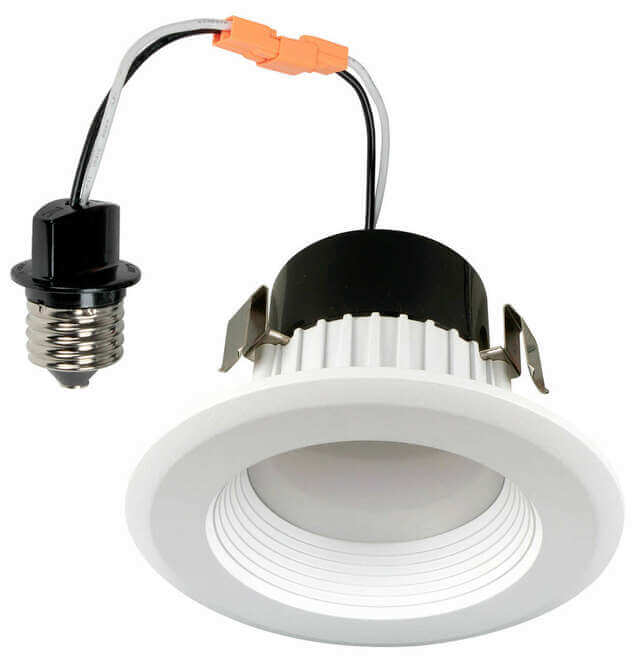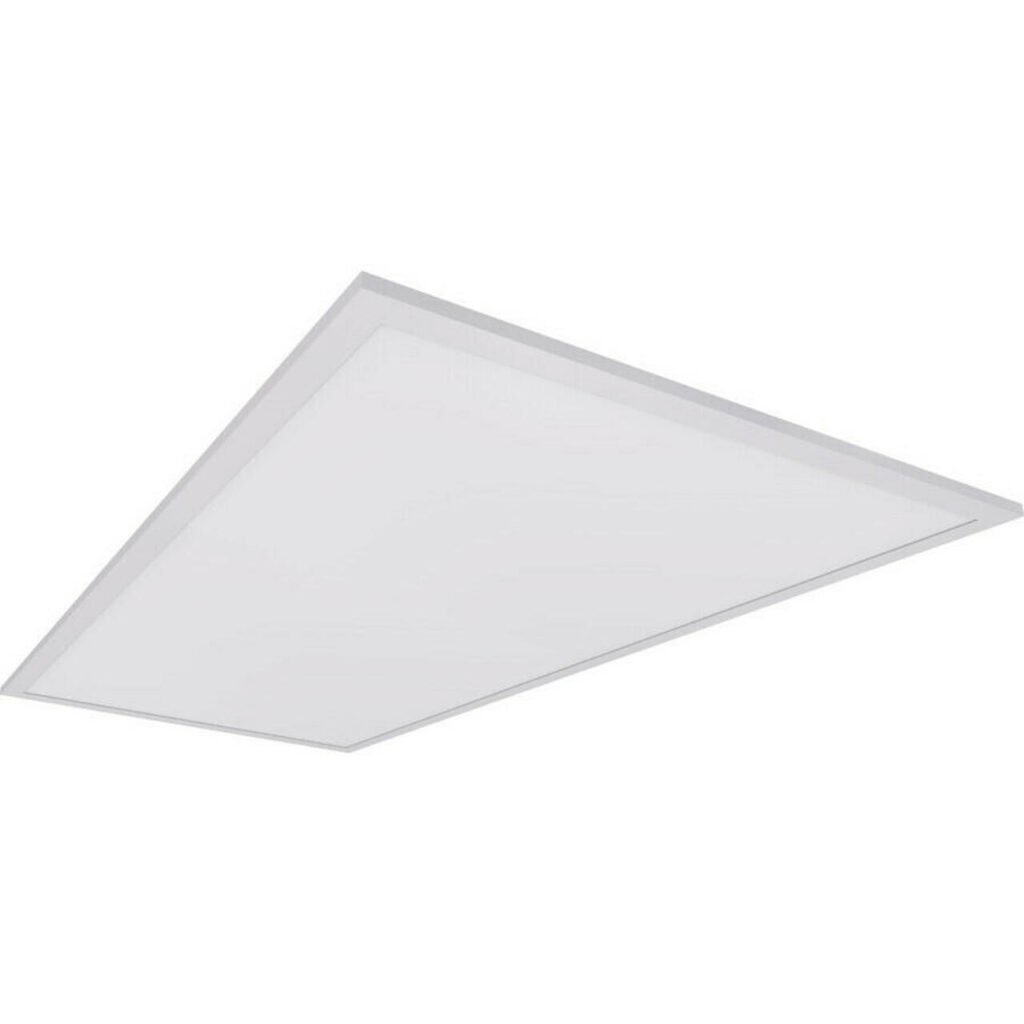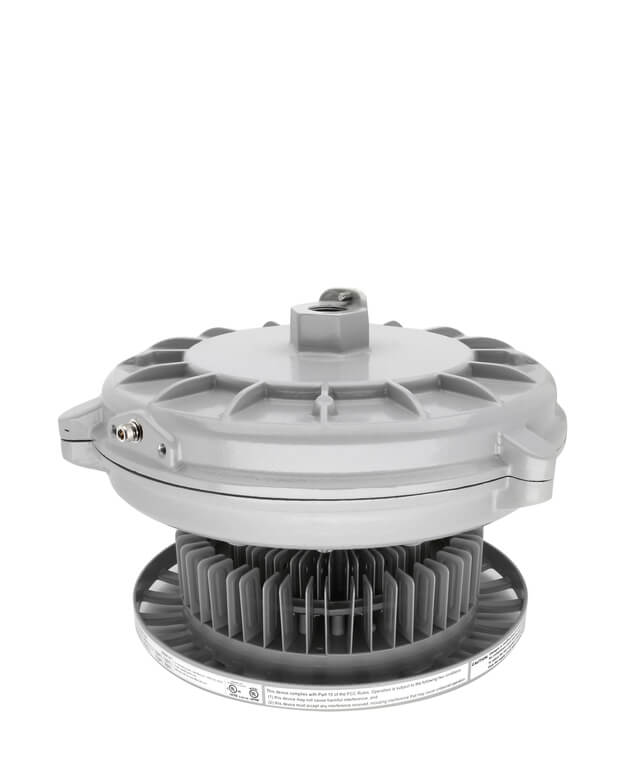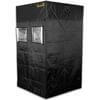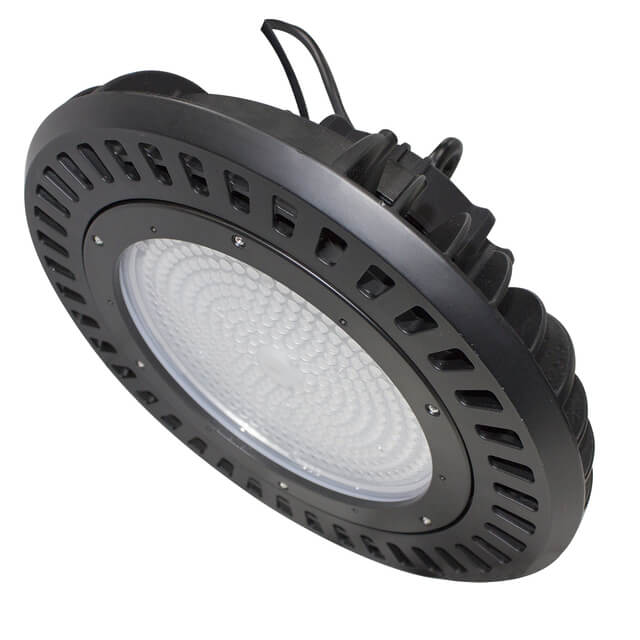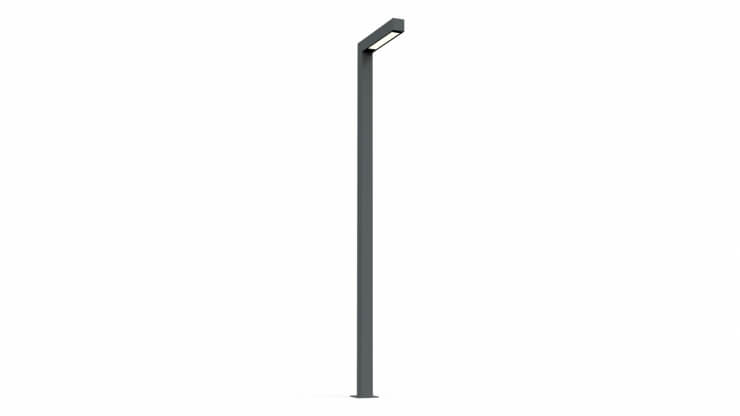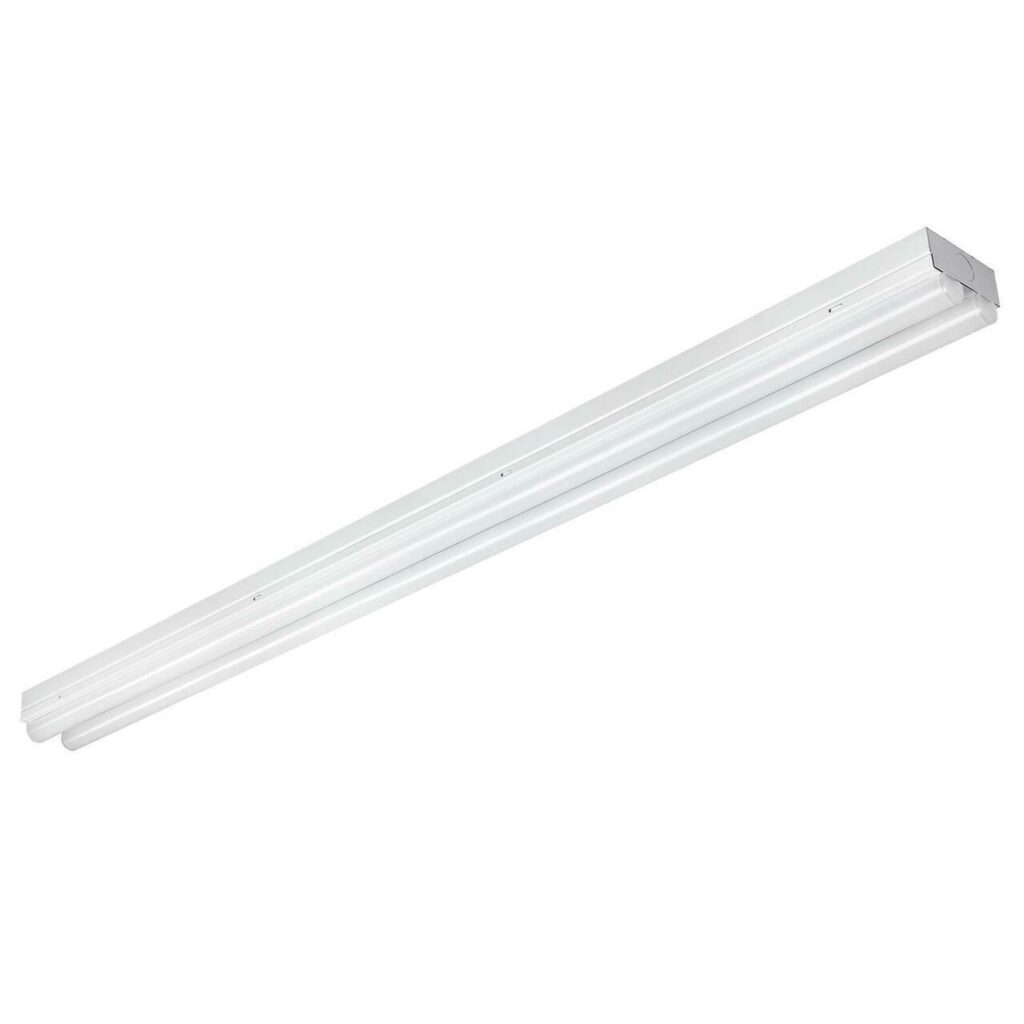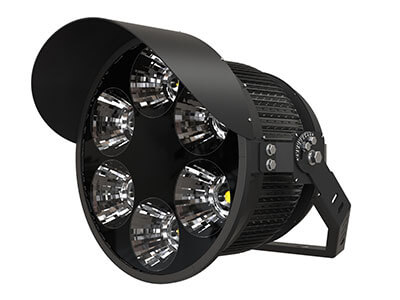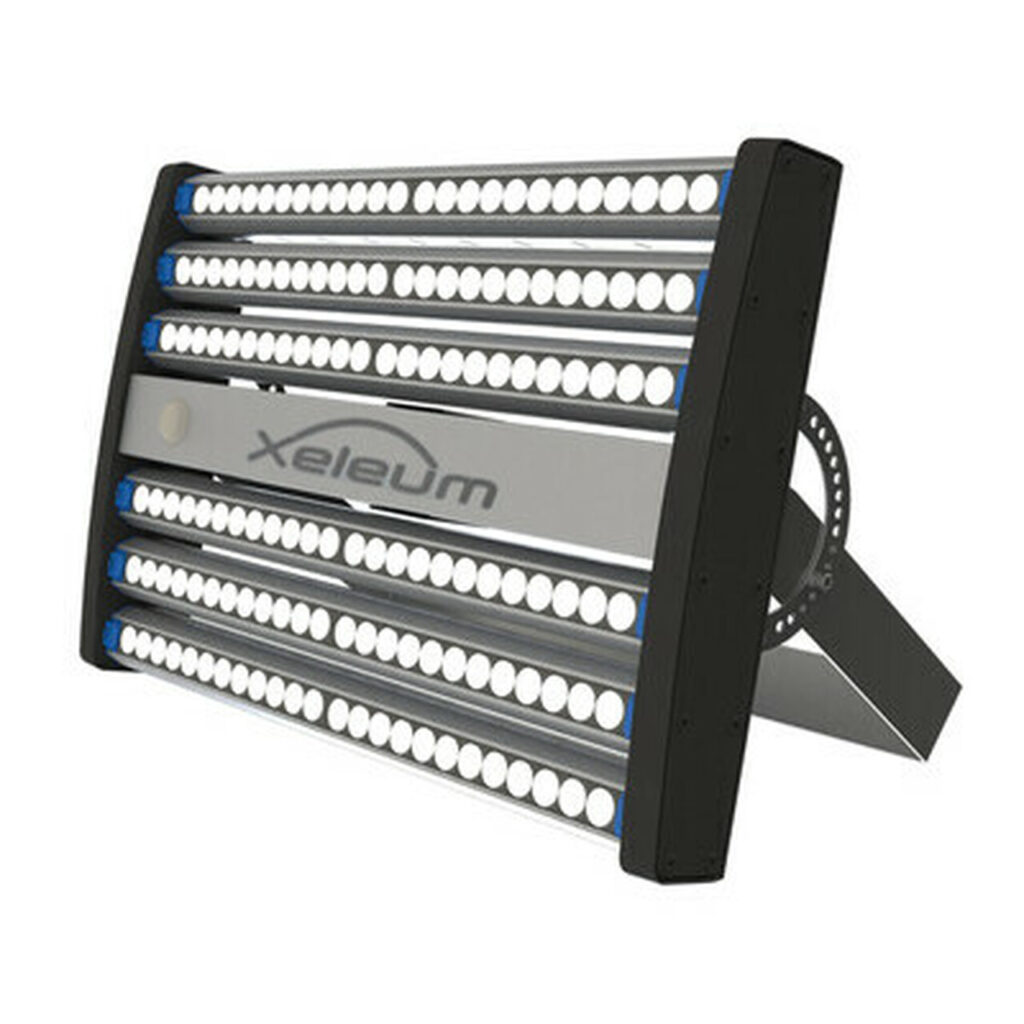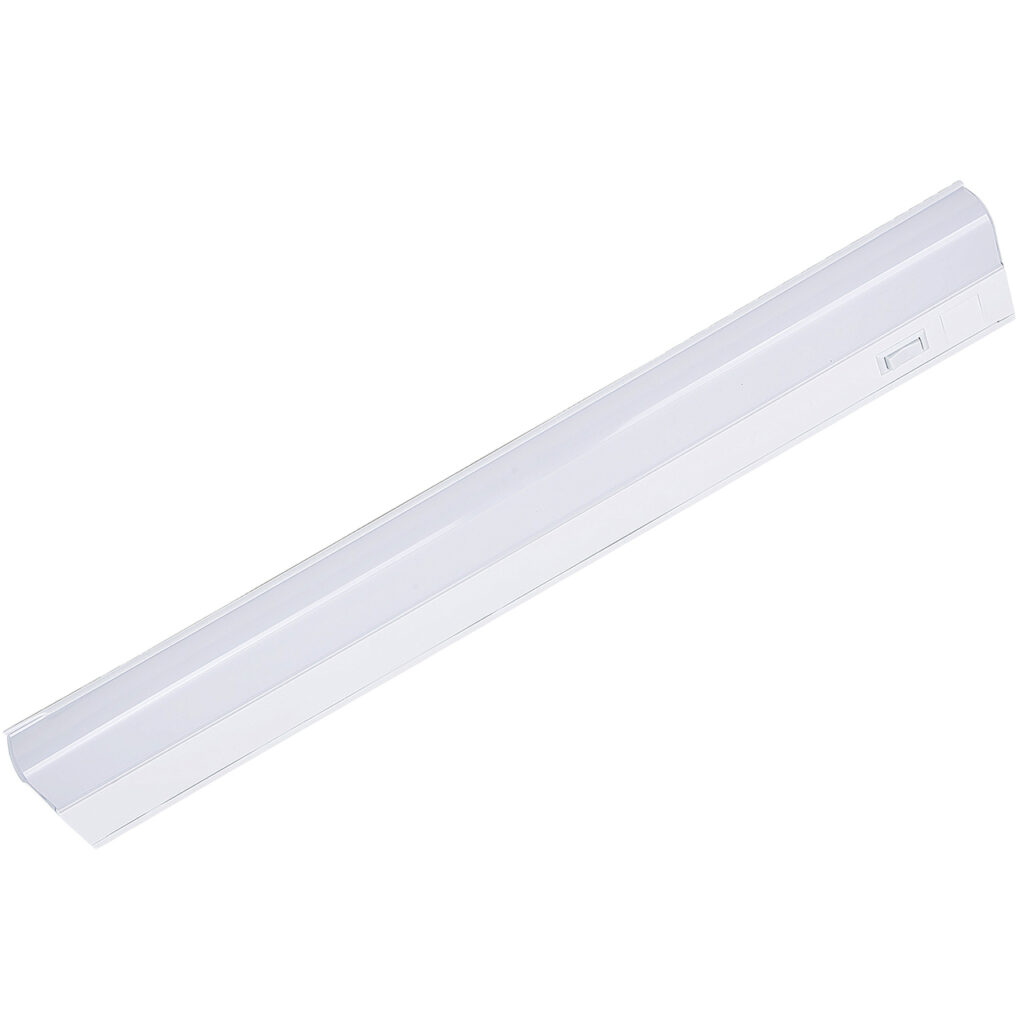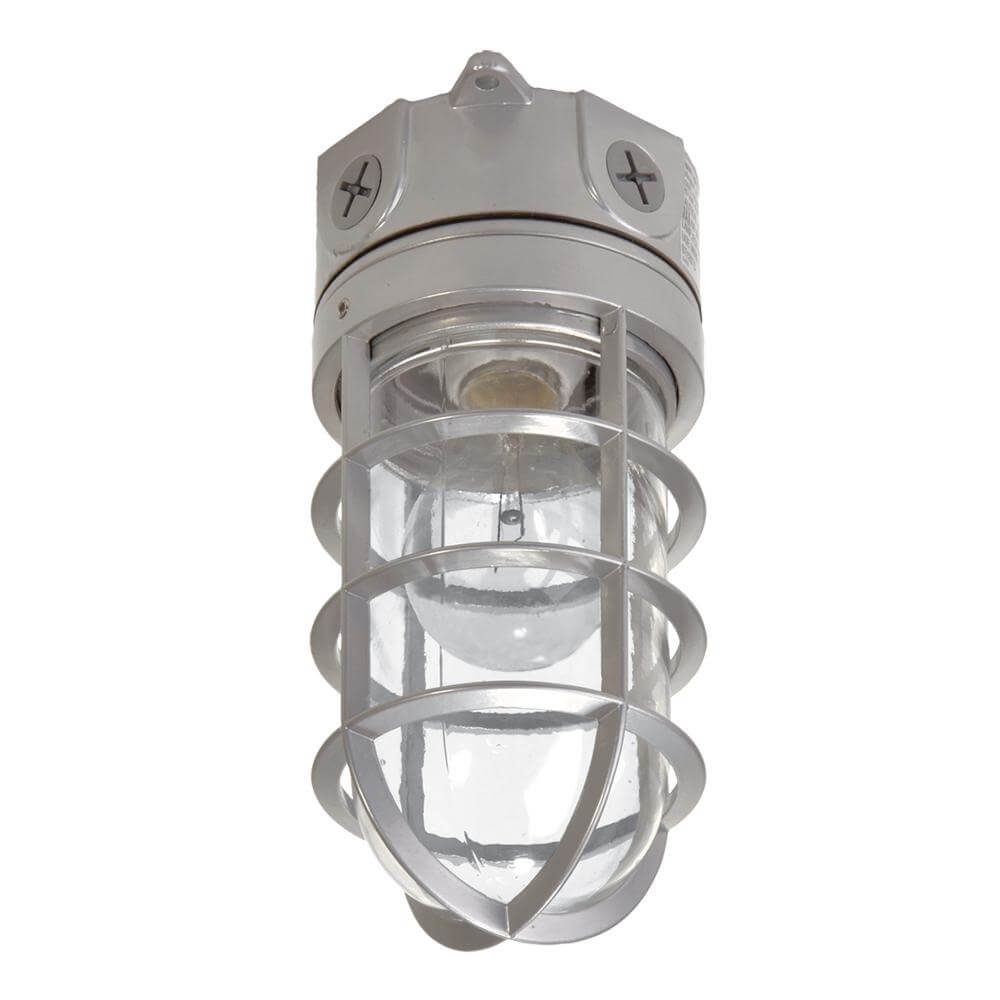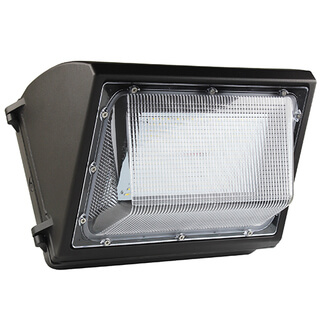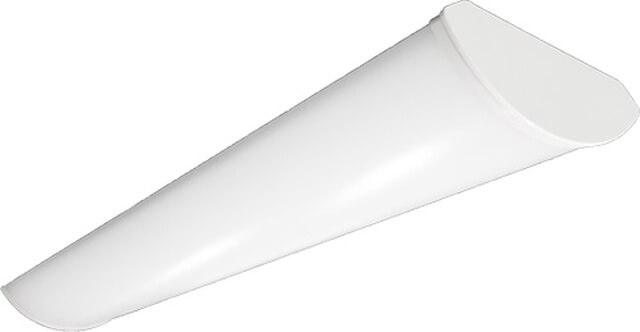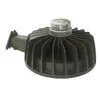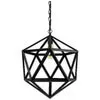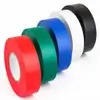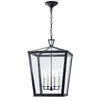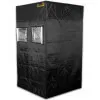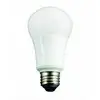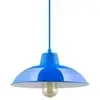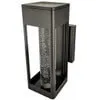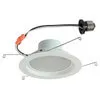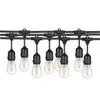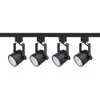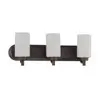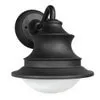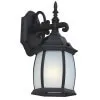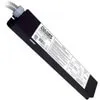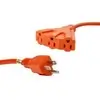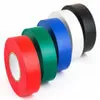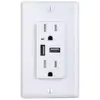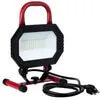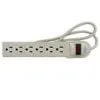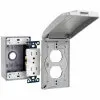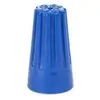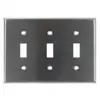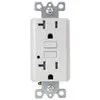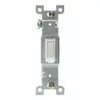Choosing light bulbs may seem like a simple task to do without much thought; however, there are some important things to consider when making this common purchase.
Do you know about the energy output or brightness level of the light bulbs you’ve been buying? Do you know the differences between the most popular light bulb options?
Read to discover the difference between 40 and 60-watt light bulbs and learn how to measure those differences and why they matter.
What to Know About Wattage
All light bulbs have a wattage rating. It’s a common misconception that the wattage of a light bulb determines how bright the light will be; however, wattage determines the amount of electricity the bulb will use. The measure of electrical power is in watts.
The main reason for the misunderstanding regarding watts has to do with old lighting technology. Using wattage to estimate a light bulb’s brightness was common and reasonably accurate when incandescent lights were the only lightning products available on the market. The more power surging through an electric light bulb, the bulb will typically emit more light.
With the advancement of lighting technologies, wattage has become somewhat irrelevant as an indicator of light brightness.
The low energy efficiencies of LED, CFL, and halogen bulbs have created a market and a measure for light bulbs that exceed mere energy output. Due to advanced technology, wattage and brightness no longer go hand in hand, and this means it may not be the only factor you want to consider when evaluating a lighting product.
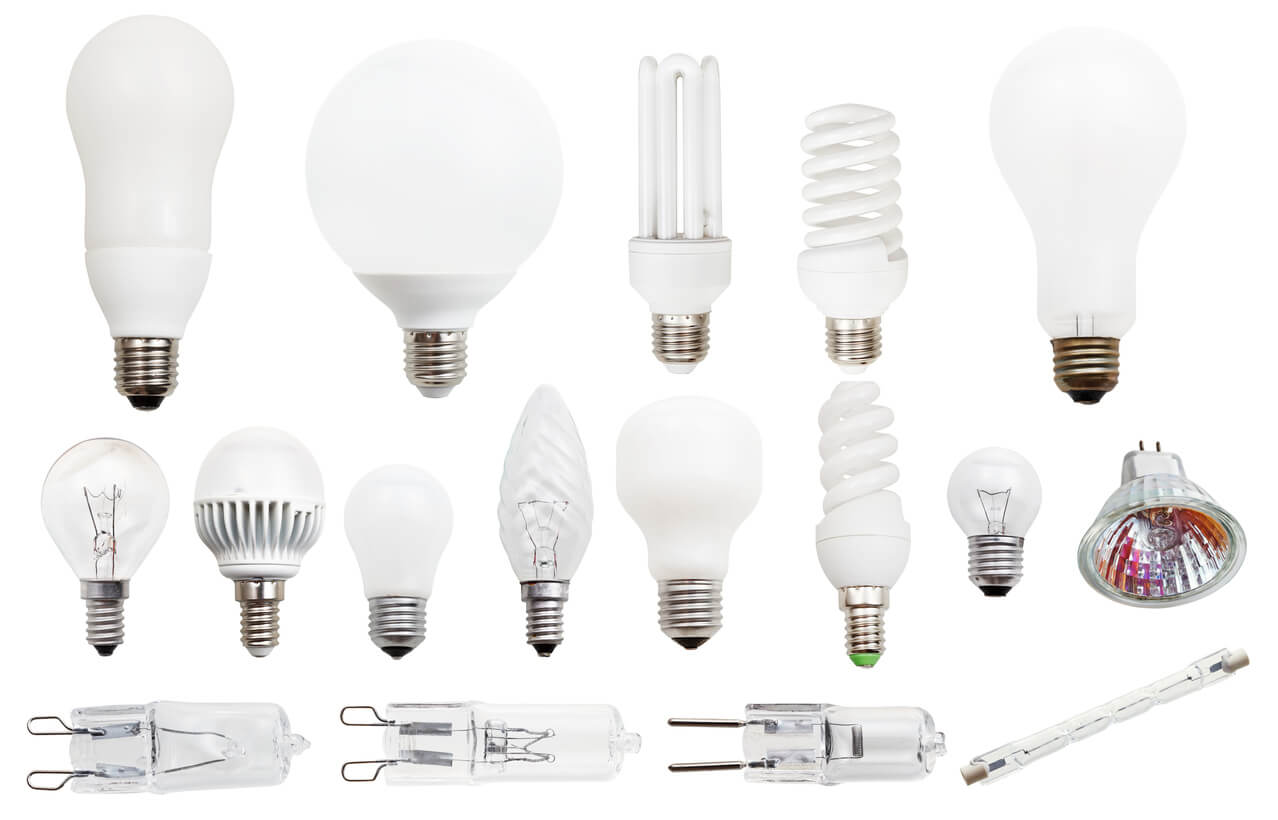
Lighting and Lumens
Lumens are really what consumers should look for to indicate a light’s brightness. A lumen is the international standard measurement for how much light emits from a source.
Regardless of the wattage or technology, lumens are a consistent number for judging brightness. For example, a CFL bulb that only uses 15 watts can produce 800 lumens, and it will be just as bright as a 60-watt incandescent bulb because it too produces 800 lumens. Their brightness will match regardless of the energy it took to produce the light.
What This Means to the Difference Between 40 and 60 Watt
Wattage determines the energy flow needed to power the bulb. The main difference between a 40 and 60-watt bulb is the 40-watt bulb is going to require less energy to power.
For a traditional incandescent bulb, this also means a difference in lumens; the higher wattage will yield more light. A conventional incandescent 40-watt bulb produces around 450 lumens of light, while a traditional incandescent 60-watt bulb produces about 800 lumens.
This is not true for wattages in other types of light bulbs.
Other bulb technologies:
- LED 4 watt produces 400 lumens; 12 watt produces 800 lumens
- CFL 8 watt produces 400 lumens; 18 watt produces 800 lumens
- Halogen 29 watt produces 400 lumens; 42 watt produces 800 lumens
If you want to monitor the energy output of your lightbulbs and still get the same brightness result, consider the various energy-saving options available.
Top Brands for 40w and 60w Light Bulbs
Need 40w or 60w light bulbs? Shop these top lighting manufacturers online today:
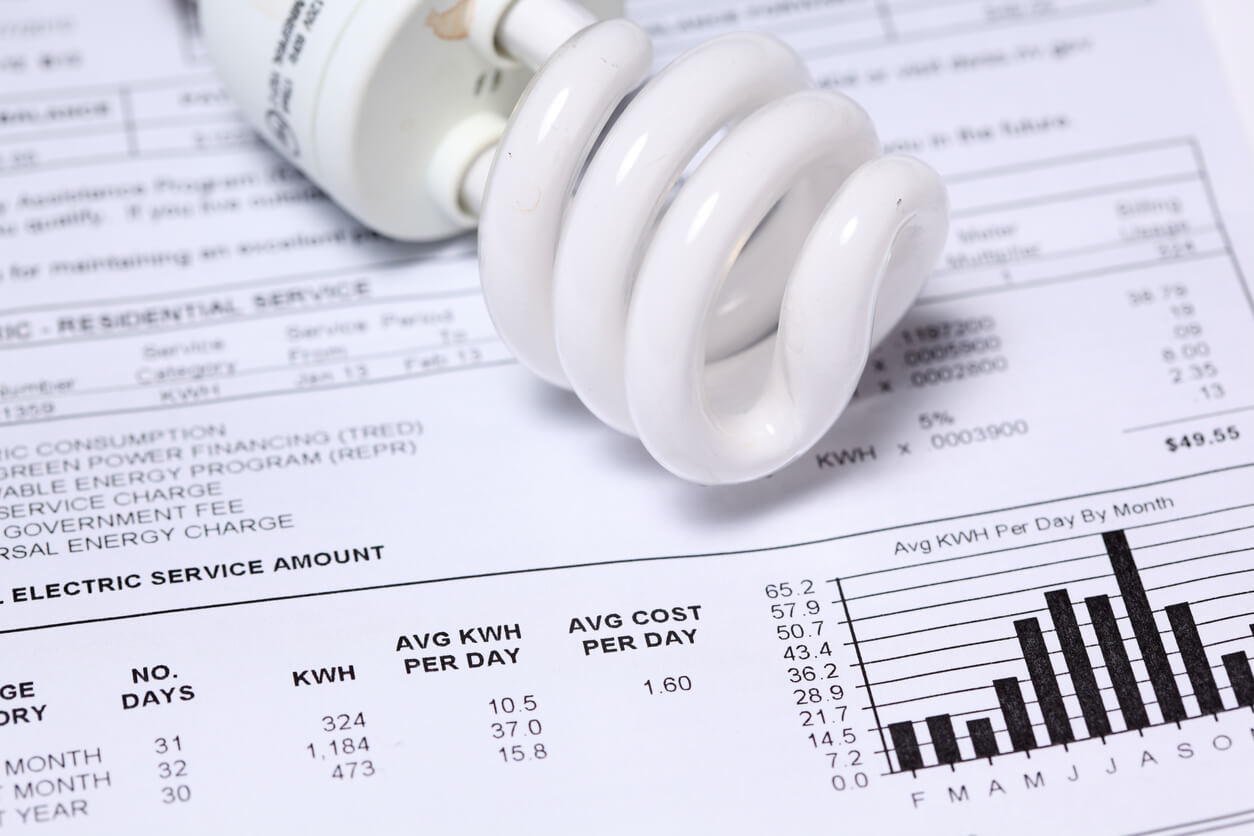
Wattage Matters for Energy
The wattage of your light bulbs will contribute to your home’s energy use. This results from the energy required to power the bulb and the heat expelled from the bulb.
Energy Output
Higher wattage does mean more energy consumed. If you fill your home with higher wattage light bulbs, your home’s energy consumption will increase.
Your energy bill is measured in kilowatts. A kilowatt is a measure of 1,000 watts of electrical power. After four hours of use daily for one week, a traditional 40-watt incandescent bulb equals approximately 5 kilowatts per month, and the same usage of a 60-watt bulb equals 7 kilowatts per month.
Heat
The higher the wattage of a light bulb, the more heat it will produce. A 60-watt bulb can get up to 200 degrees Fahrenheit on the bulb’s glass surface. A 40-watt bulb can reach temperatures over 100 degrees Fahrenheit. Higher wattage can result in a warmer room affecting cooling costs which equals more energy expenditure.
Wattage Matters for Safety
Additionally, the wattage rating of your light fixtures should be considered when making a light bulb purchase.
Overlamping
Your lighting fixtures determine the wattage you should look to purchase. A wattage rating accompanies the label on all light fixtures. An issue known as overlamping can result from using a bulb that exceeds the maximum wattage suggested by your light fixture.
Overlamping can be a safety hazard for your home. Two potential problems resulting from the extreme heat produced by overlamping are overheating and damaging the fixture.
Overheating from exceeding the wattage rating on a fixture can cause sockets and wire insulation to melt. Overlamping can also cause electrical fires due to an arc fault stimulated by overheating. This is one of the most common electrical causes of electrical fires in a home.
Melting and shorting of wires will permanently damage the light fixture. Even if a fire is not a problem from using the wrong light bulb, a ruined light fixture will almost certainly be the result.
Fixtures with glass enclosures around bulbs are especially susceptible to the dangers of overlamping due to the heat remaining inside the enclosure.
What are Your Lighting Needs?
Make sure you’re considering the right factors in your lighting product purchases. The energy output and the brightness of a light bulb are vital features when considering the difference between 40 and 60-watt bulbs. Be sure to weigh the wattage and look a what lumens are, especially for chandelier bulbs.
If you need help choosing suitable bulbs for your commercial or residential space, contact us today for a quote: (888) 325-4448. You can also email us at [email protected] or Shop Online at Lightingandsupplies.com!
We would love to offer assistance and answer any questions regarding all your lighting needs.













